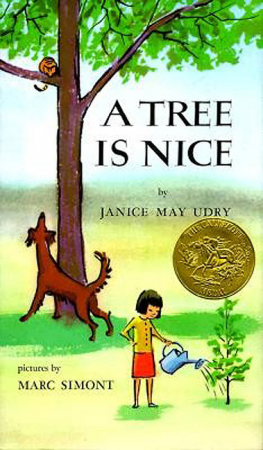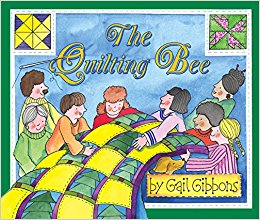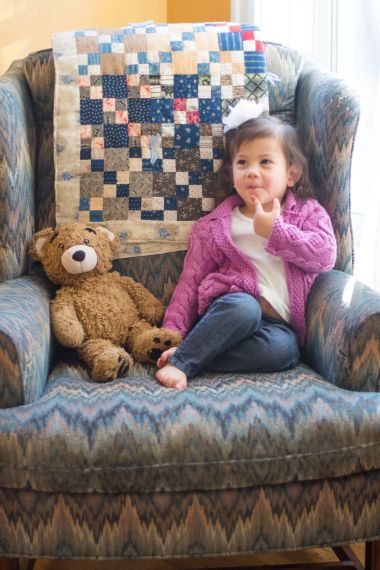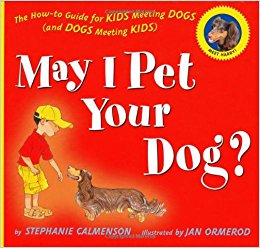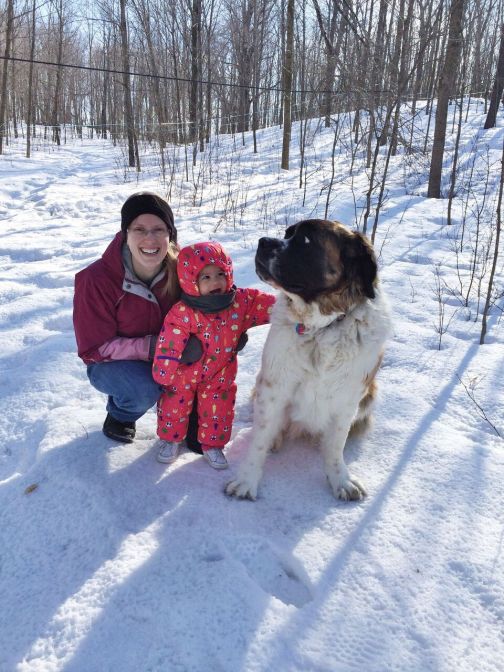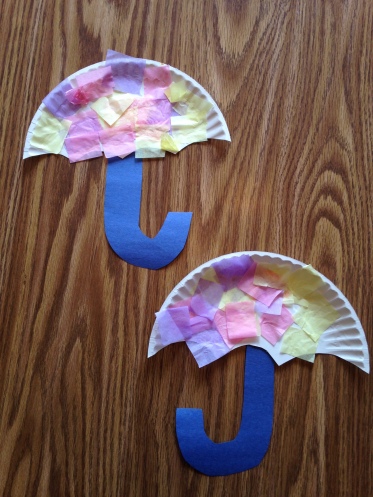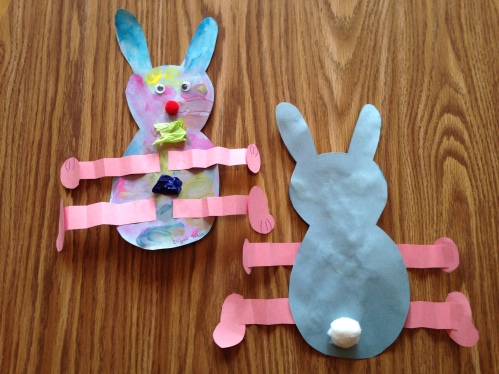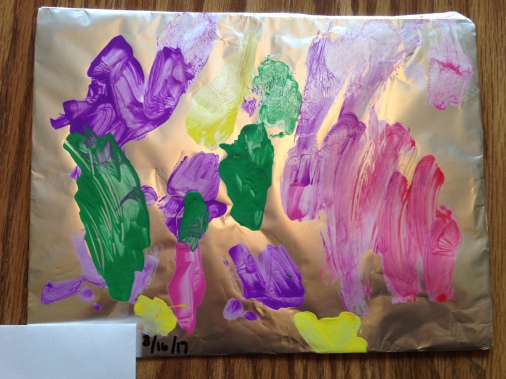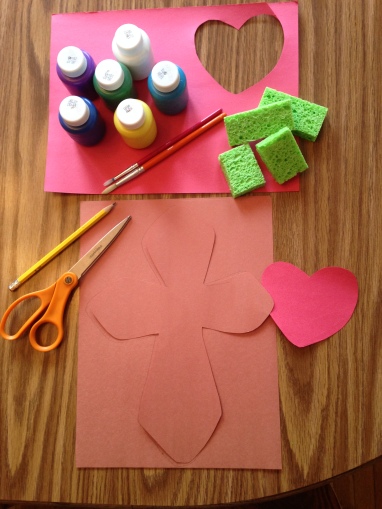Friday, April 28, is National Arbor Day in the US. It’s a perfect time to read A Tree is Nice by Janice May Udry, and spend some time studying trees!
A Tree is Nice is a lovely book that won the Caldecott Medal in 1957, with illustrations alternate between color and black-and-white. The text describes the many ways that trees are a part of our lives. It even ends with planting a tree, which would be perfect if you plan to plant a tree with your class or at home!
You can easily use this book as a way to explore nature and scientific concepts of plant life, conservation and environmentalism.
Best Ages: pre-k – 2nd grade
For Parents:
- Take a walk with your child. Make observations about the trees that are becoming more green and full in the spring season. Collect leaves from the ground.
- At home, place a blank white paper over the leaves you collected on your walk and gently rub a crayon over the paper. You will create a raised image of the leaf. Talk about the difference in the shapes of the leaves and display your final artwork!
For Teachers:
- Teach your students the parts of a tree. Use a free handout like this one if desired.
- Explain the differences between coniferous and deciduous trees with this free slide show from Teachers Pay Teachers.
- Discuss how trees are used to make products that we use. Here is a wonderful, free lesson plan from Penn State’s College of Agricultural Sciences.

